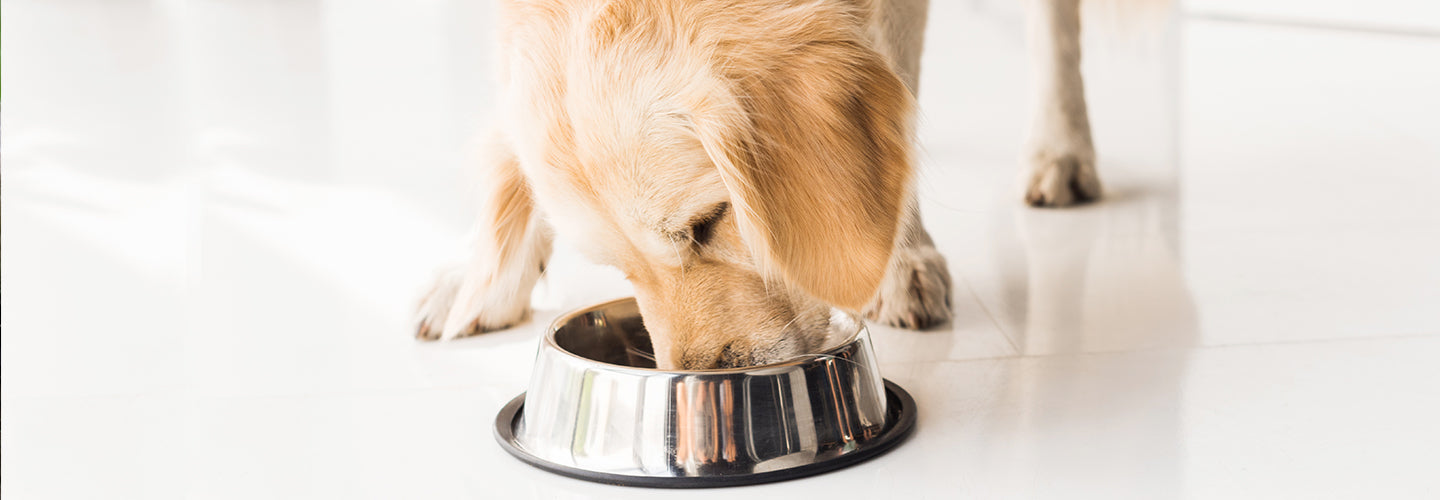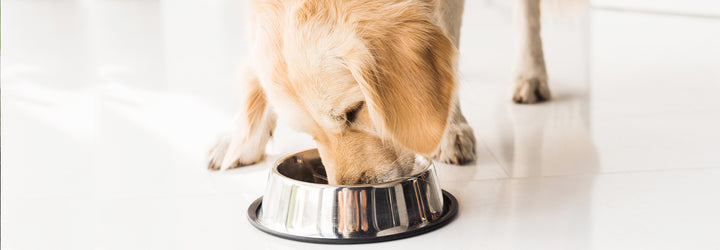

Posted by Emma Oldroyd, on
Dog Nutrition: How to Switch Your Dog’s Food
Changing dog food isn’t something that happens very often, but there are plenty of reasons why you may need to change your dogs food. From transitioning between life stages (puppy-adult-senior), medical reasons, a change of taste or simply because your regular food may be out of stock. Whatever your reasoning, it’s important as pet parents that the change is made correctly to help avoid any digestion discomfort in your dog.
We want to help you take the best care of your pet, so our dog nutritionist has put together a short guide on how to switch the food, so your dog still gets all their nutritional benefits and calories.
Different circumstances warrant different approaches to changing a dogs food, for example, if your regular recipe isn’t available, trying a different recipe from the same brand of dog food should be a straightforward swap (i.e., moving from chicken to seafood or lamb).
Unless you have been advised by your vet, avoid any sudden food swaps, as this can have some nasty side affects such as vomiting and diarrhoea.

What is the best way to switch my dog's food?
The best way to change your dogs diet is over a prolonged time frame (around 2 weeks) to help their digestive system and taste buds adapt to the new food.
Step 1
For the first five days or so, offer your dog a small amount of the new food alongside their regular food. This allows them to test out the new food without giving up their dinner in any way. This is especially important for puppies, as they need the same amount of their usual food to ensure they are getting their minimum calorie intake for a growing pup!
Step 2
Gradually start mixing the foods together in your dog’s regular food bowl. You may find during this time your dog may become a little fussy with the food because of the new texture or taste, but unless there are any signs of digestive discomfort, we encourage you to persevere with the mixing for around a week. By the end of this week there should be more of the new food present in their bowl than the old food.

Step 3
After a week or so, you should start to phase out the old food completely.
Switching your dog food in phases will help them adapt and accept the new food better than a straight swap, and the important thing is to stay patient with your pooch- we’ve all been there eating something we may not like!
If you have any questions about your dogs diet, or if you’re looking to switch the right way, our nutritional experts are always on hand at your local Pets & Friend store. You can also view our wide range of dog food to see which is right for your dog online.